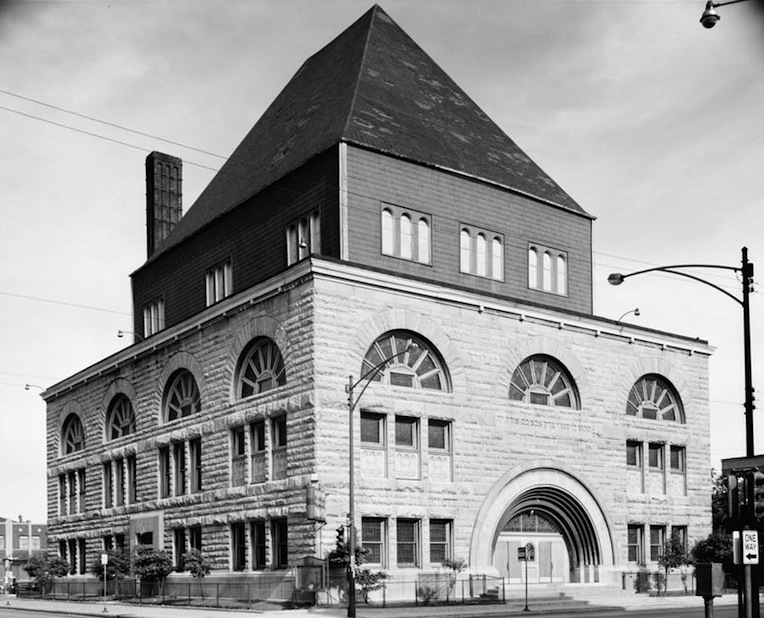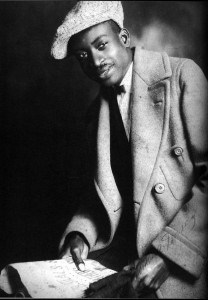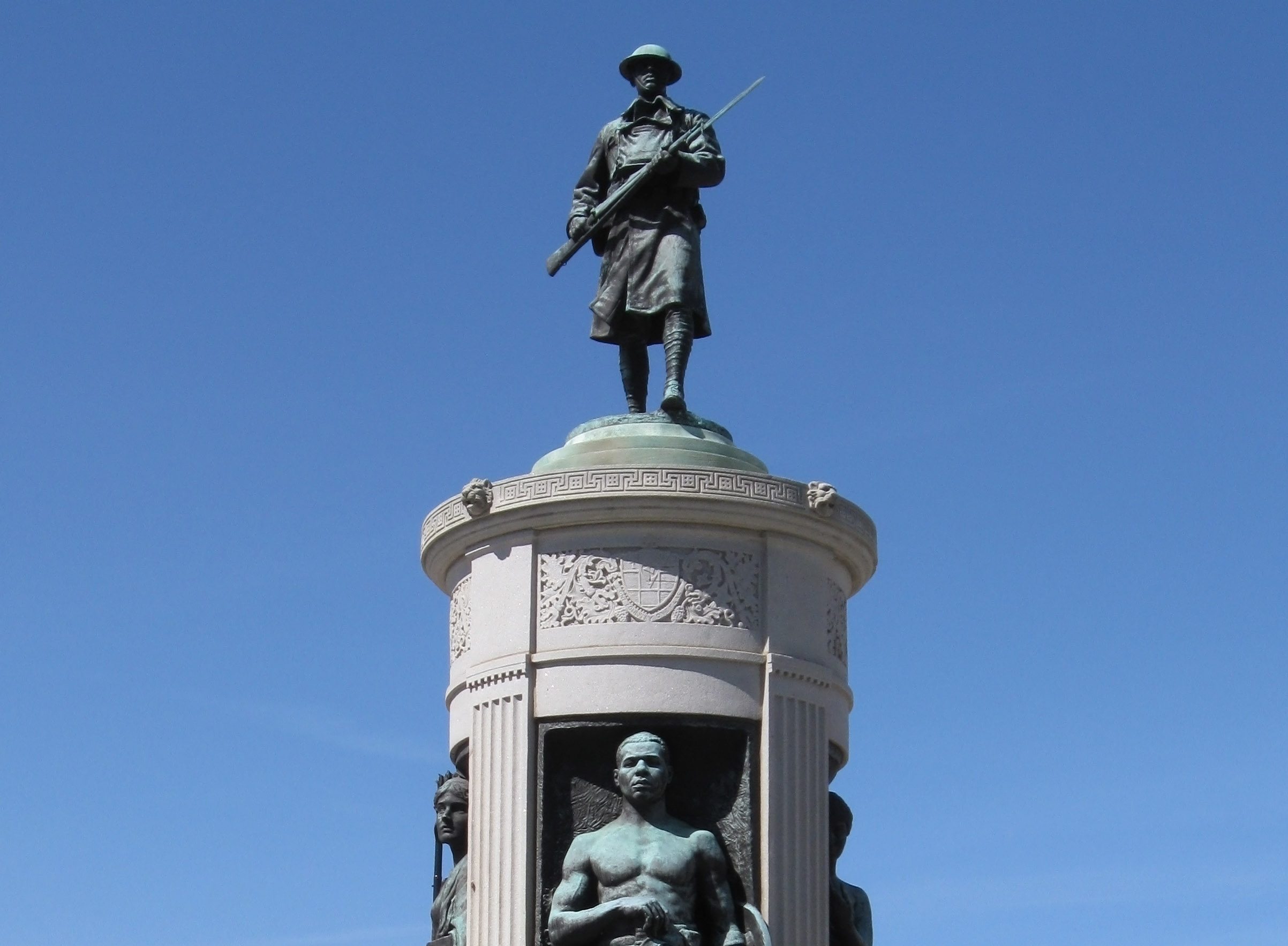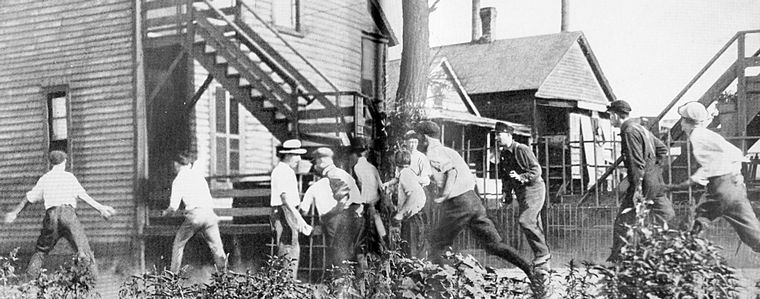Chicago Gospel music history is one of the city’s greatest and perhaps most unsung stories. People know of jazz and blues history in Chicago, but not as many know how gospel flourished here. The annual Chicago Gospel Music Festival is this weekend, so exploring this rich history seems apt. The personalities, buildings, and sounds of Chicago Gospel music history have made an inestimable contribution to the city.
We research stories from Chicago history, architecture and culture like this while developing our live virtual tours, in-person private tours, and custom content for corporate events. You can join us to experience Chicago’s stories in-person or online. We can also create custom tours and original content about this Chicago topic and countless others.
A Centuries-Old Tradition
Chicago Gospel music is just one of several styles of African-American music endemic to Chicago. The spirituals which slaves sang on Southern plantations is the root sound for modern Gospel music. Interestingly, it seems the famous “call and response” style of singing that typifies spirituals and Gospel has Gaelic origins. Seems that some Scottish Presbyterian slave-owners taught their “lining out” method of singing.
Historically, Gospel music was an a cappella style of music. The slaves and sharecroppers had little more elaborate than clapping or stomping during this era of great injustice. New instruments and sounds were added as Gospel music moved out of the South during the Great Migration.
The Birthplace of Chicago Gospel Music
Bronzeville, of course, was the primary destination for African-Americans moving to Chicago. The “Black Metropolis” was home to paragons of black society, like the Chicago Defender, and luminaries of black culture, like Louis Armstrong and Ida B. Welles. In its early 20th century heyday Bronzeville was the “capital of African-America;” as renowned and important as Harlem during its renaissance.
Back then most of the musical performances in Bronzeville were on “The Stroll.” This was the entertainment strip on State Street, jam-packed full of nightclubs, theaters, movie theaters, and hustlers. (Today it is the heart of the Illinois Institute of Technology Campus, and you won’t see any visual clues to its historic past.) “The Stroll” was far too profane a spot for us to find the origins of Chicago Gospel music history, though. For that, you’d have to head a few blocks southeast to the Pilgrim Baptist Church at the corner of Indiana and 33rd Street. This legendary spot is widely agreed to be the birthplace of Chicago Gospel music. (By the way, you can learn all about this on one of our custom private tours of Chicago’s neighborhoods.)

Thomas A. Dorsey and Pilgrim Baptist Church

Pilgrim Baptist Church was in a historic structure first designed as a synagogue by Adler and Sullivan. The latter’s famous skill at acoustical engineering may have helped attract Thomas A. Dewey to become the congregation’s music director in 1932. Dorsey remained in that post for over 40 years. Drawing upon the thriving music scene of Bronzeville he would completely redefine American religious music and create a new genre.
Dorsey played jazz piano in the 1920’s under the stage name “Georgia Tom.” Dorsey took what people called the sound of “The Stroll,” with blues piano and R&B rhythms, and integrated it into the traditional call and response of Gospel music. This fusion style would go on to have major crossover appeal. Religious groups loved having a contemporary and hip sound for their music, while pop musicians appreciated the prestige and expanded audience.
Mahalia Jackson and The Impact of Gospel
Like countless others, Mahalia Jackson escaped the Jim Crow South for Chicago during the Great Migration. Her stunning contralto voice caught the attention of Thomas Dorsey. They began a touring collaboration in the mid-30’s that produced one of the most enduring hits of Chicago Gospel music history: “Precious Lord, Take My Hand.” Dorsey wrote the song after the wife of his first wife and child due to complications during delivery. Jackson’s stunning rendition of it rolls its impact out slowly; its cumulative effect feels like being ripped away by an emotional current as strong as the Mississippi. Hear it here.
The song was a favorite of many famous and significant figures, perhaps most prominently the Rev. Dr. Martin Luther King, Jr. He invited Jackson to sing it in Montgomery, Alabama during the bus boycott which shot him to worldwide prominence. Jackson’s rendition of the song would go onto be something of an anthem for the Civil Rights Movement. Dr. King’s last words were reportedly a request to play the song at a mass he’d attend that evening. Mahalia Jackson would perform it at his funeral only days later.
That anecdote, to me, exemplifies the importance of Chicago Gospel music history. It’s impossible to understate the force that these songs have, no matter one’s personal religious beliefs. They expressed the hope and righteousness of a people’s struggle to assert and express their freedom. That’s an especially important and powerful quality considering the times we live in.

Chicago Gospel Music History Today and Tomorrow
As mentioned, the Chicago Gospel Music Festival is held annually in early June. The events and concerts will take place at the Cultural Center and Millennium Park in downtown. (Might I suggest looking into a Downtown Bucket List private tour while you’re in the Loop?) Interestingly, many of the performers these days are carrying on Dorsey’s tradition by tying Gospel music to contemporary sounds like hip hop and house.
We’re also in the early stages of what could be a great new moment in Chicago Gospel music history down in Bronzeville. The historic Pilgrim Baptist Church was gutted by fire over a decade ago. Adler and Sullivan’s landmark exterior walls are all that’s left, and they’re only standing due to a bulky supporting steel frame. You can even see into some of the windows where boards have fallen down, and you’ll see there is no roof!
Recently a plan to rejuvenate the building was unveiled. A group of local business leaders are raising money to turn the building into the National Museum of Gospel Music. We’d love to see that happen! Though with the many millions of dollars needed to make this project “move up a little higher,” as Mahalia would say, patience will be a virtue.
– Alex Bean, Content Manager and Tour Guide
ABOUT CHICAGO DETOURS
Chicago Detours is a boutique tour company passionate about connecting people to places and each other through the power of storytelling. We bring curious people to explore, learn and interact with Chicago’s history, architecture and culture through in-person private group tours, content production, and virtual tours.

















